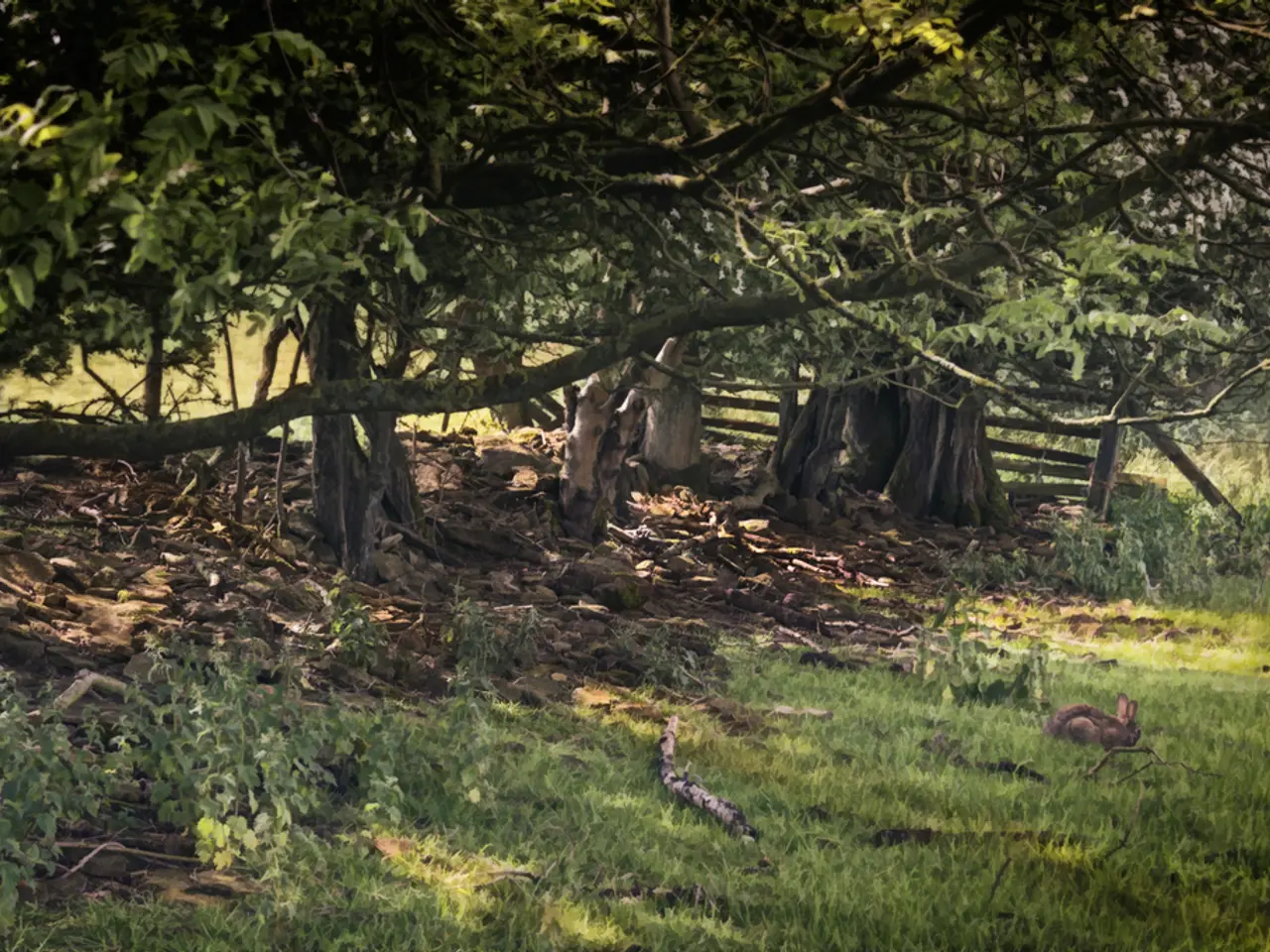Strategies for Arranging Vegetables in Elevated Garden Beds
In the world of gardening, raised bed gardens have become increasingly popular due to their numerous benefits, including controlled soil conditions, better drainage, and quicker warming of the soil in spring. But, to truly maximise the potential productivity and health of your garden, proper spacing of plants is essential.
Plants need sufficient sunlight for photosynthesis, and proper spacing ensures that each one gets enough light to grow strong and healthy. Fast-growing plants, such as lettuce and radishes, can be harvested sooner, freeing up space for subsequent plantings, a technique known as succession planting. This approach allows you to maximise the use of your raised bed throughout the growing season.
The benefits of proper spacing in raised bed gardens for plant growth and overall productivity are numerous. Improved airflow and reduced disease risk are key advantages. Proper spacing allows better air circulation around each plant, which helps reduce the incidence of fungal diseases and other pests. Good airflow keeps leaves dry and plants healthier.
Optimal access to sunlight is another crucial factor. When plants are spaced correctly, each one has enough space to access sufficient sunlight, which is crucial for photosynthesis and robust growth. Overcrowding causes shading and competition that stunts growth.
Efficient nutrient and water use are also optimised with adequate spacing. Reduced competition among plants for soil nutrients and water enables each plant to develop fully, contributing to higher yields.
Well-spaced plants are easier to reach for watering, weeding, pruning, and harvesting without damaging other plants, which improves garden management and productivity. Reduced soil compaction is another benefit, as proper spacing minimises the need to step on soil between plants, helping maintain loose, well-drained soil for strong root development.
Cabbage, for instance, requires 15 to 18 inches of space between plants, but it's best to plant the seeds every 4 to 6 inches to ensure sufficient germination. When planting seeds directly in a raised bed, it's necessary to sow more densely initially to account for different germination rates. As the seedlings grow, they should be thinned out to give the plants more room to grow, with the removed seedlings potentially being used as microgreens or baby greens.
To calculate the number of plants that can fit in a garden bed, measure the length and width of the bed and divide by the plant spacing. Different plants grow to different sizes, which impacts how much space each needs. Check the seed packet for information on the expected mature size.
Companion planting can maximise the use of space and improve overall plant health by planting plants that grow well together and can even benefit each other by repelling pests or improving soil health. High-quality seeds are more likely to develop into healthy plants, making efficient use of the available space in your raised bed.
In short, proper spacing in raised beds promotes healthier plants through better airflow, sunlight exposure, nutrient access, and maintenance ease, leading to higher overall garden productivity. Proper spacing can help prevent pest infestations, as pests find it harder to move around in well-spaced gardens. It also improves air circulation around the plants, reducing the risk of diseases such as fungal infections. Weeding, watering, and harvesting are easier when there is enough room to move between the plants.
A combination of proper spacing and succession planting allows for improved productivity in raised bed gardens, as each plant receives sufficient sunlight for hale growth, and fast-growing plants can be harvested upon maturity, freeing up space for subsequent plantings. The right plant spacing also optimizes nutrient and water usage, promotes better airflow, and reduces the risk of diseases and pests, while making weeding, watering, and harvesting tasks less laborious.





